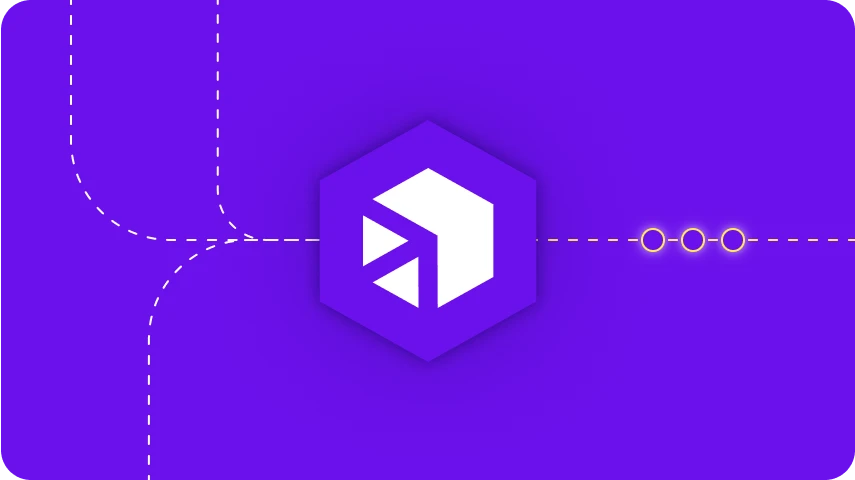
Para muitas empresas, a integração empresarial é um serviço essencial. Confiável para manter os negócios conectados, a tecnologia permite funcionalidades simplificadas em sistemas e processos de TI. Com uma visão geral do negócio em tempo real, as organizações respondem com agilidade às mudanças no mercado enquanto otimizam a eficiência (e a lucratividade).
Mas, como acontece com qualquer solução empresarial, há sempre um ponto de ruptura em que o custo de um produto supera o seu benefício para o negócio. Para muitos clientes da MuleSoft, o investimento contínuo simplesmente para usar o produto está se tornando insustentável, desviando orçamento e recursos de TI de trabalhos de maior valor. Vamos olhar mais de perto.












